‘This one is not going away’: How agrifood can create value through the circular economy
Finite resources, demand for sustainable production and the need to recycle and re-use are driving the move to a circular economy with potential benefits for the planet, producers and consumers.
Here thought leaders already putting circularity into practice unpick what’s needed to take the discussion beyond waste management to value creation.
As Murdoch University Professor Navid Moheimani explained, circularity is different to a traditional linear business model which is focused on producing a product at the end.
“Circularity means that if any waste comes through this, we recycle the waste, we reuse the waste, not just for the purpose of recycling but also in using those resources to add benefit to the economy of the industry.”
Sustainability Business Group Leader and Technical Director – Circular Economy, at global consulting firm GHD, Huia Adkins, is helping to guide Australia’s shift towards circular practices in national steering committees and as a founding member of Circular Economy WA (CEWA).
“The circular economy fundamentally is about de-coupling our own economic prosperity, from the continual extraction of virgin materials.
“While we will always need new inputs, we must reduce the rate at which we are extracting these resources.
“We need to look to the value that we have in those products and materials that are already in our economic system. Think about how illogical it is to pump huge amounts of resources, energy, water, staff time into creating a single product, which we use for a certain period, and then it ends up in landfill.”
Huia said it’s more than just about dealing with waste produced in production.
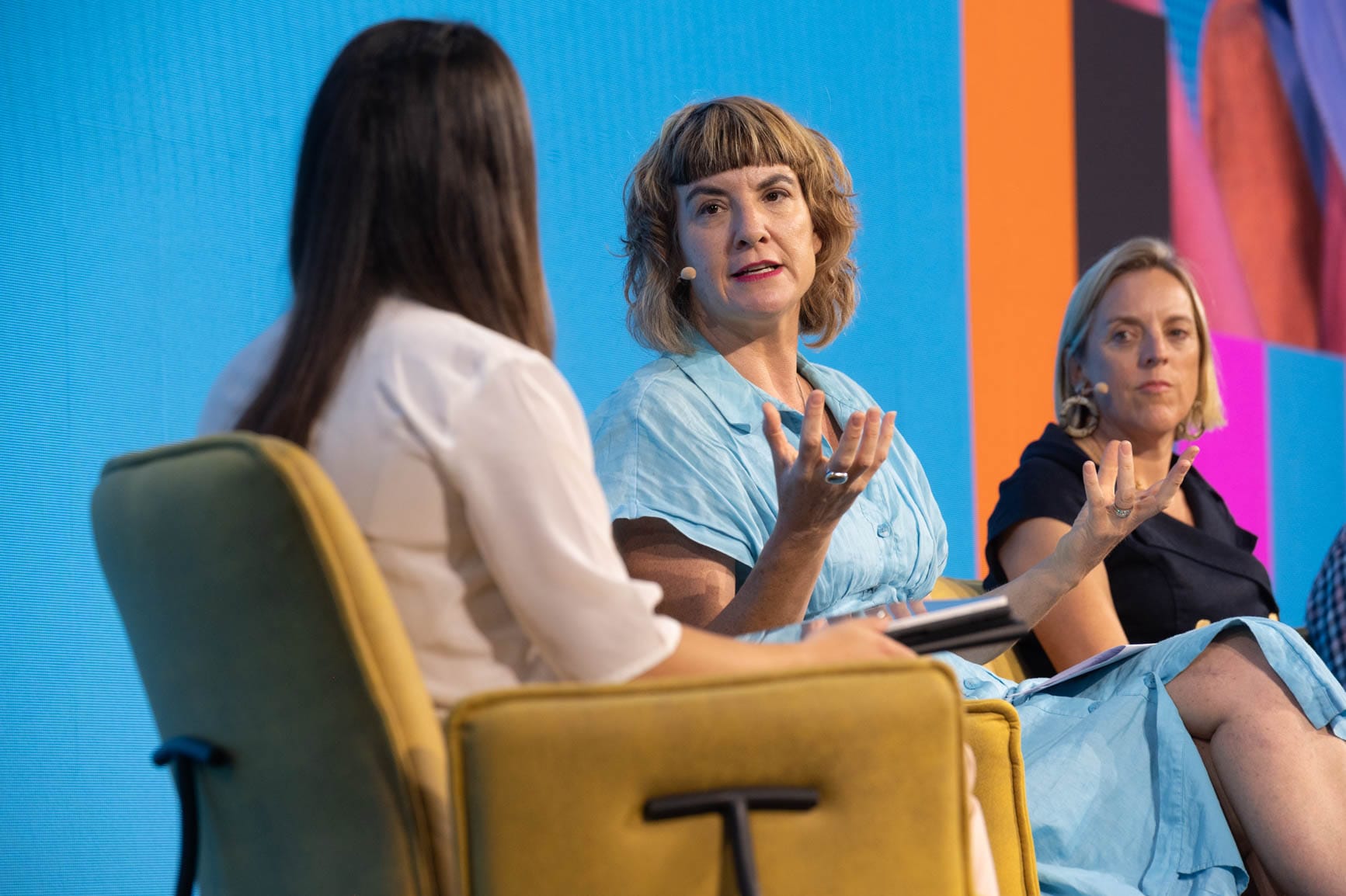
Huia Adkins, Sustainability Business Group Leader and Technical Director – Circular Economy, GHD. Image | Mr.Wigley Photography.
“The circular economy also includes thinking broadly about the resources we use including carbon, water, lost time, underutilised warehouses or staff, and logistic fleets,” she said.
“It includes thinking about how we can get the most value out of all the resources that we use.”
RELATED : Supply chain sustainability: why, how, and what does it mean in reality?
How does it work in practice?
Edwina Beveridge’s Blantyre Farms, a pig production and mixed farming operation near Young in the Central West New South Wales region, is an example of circularity in action.
It uses waste food products, like bread that’s not fresh enough for the supermarket or out-of-date dairy products, to feed the pigs. Manure is used as fertiliser for grain crops which are then used as feed, and the piggery’s effluent system has been harnessed to capture methane gas to make electricity.
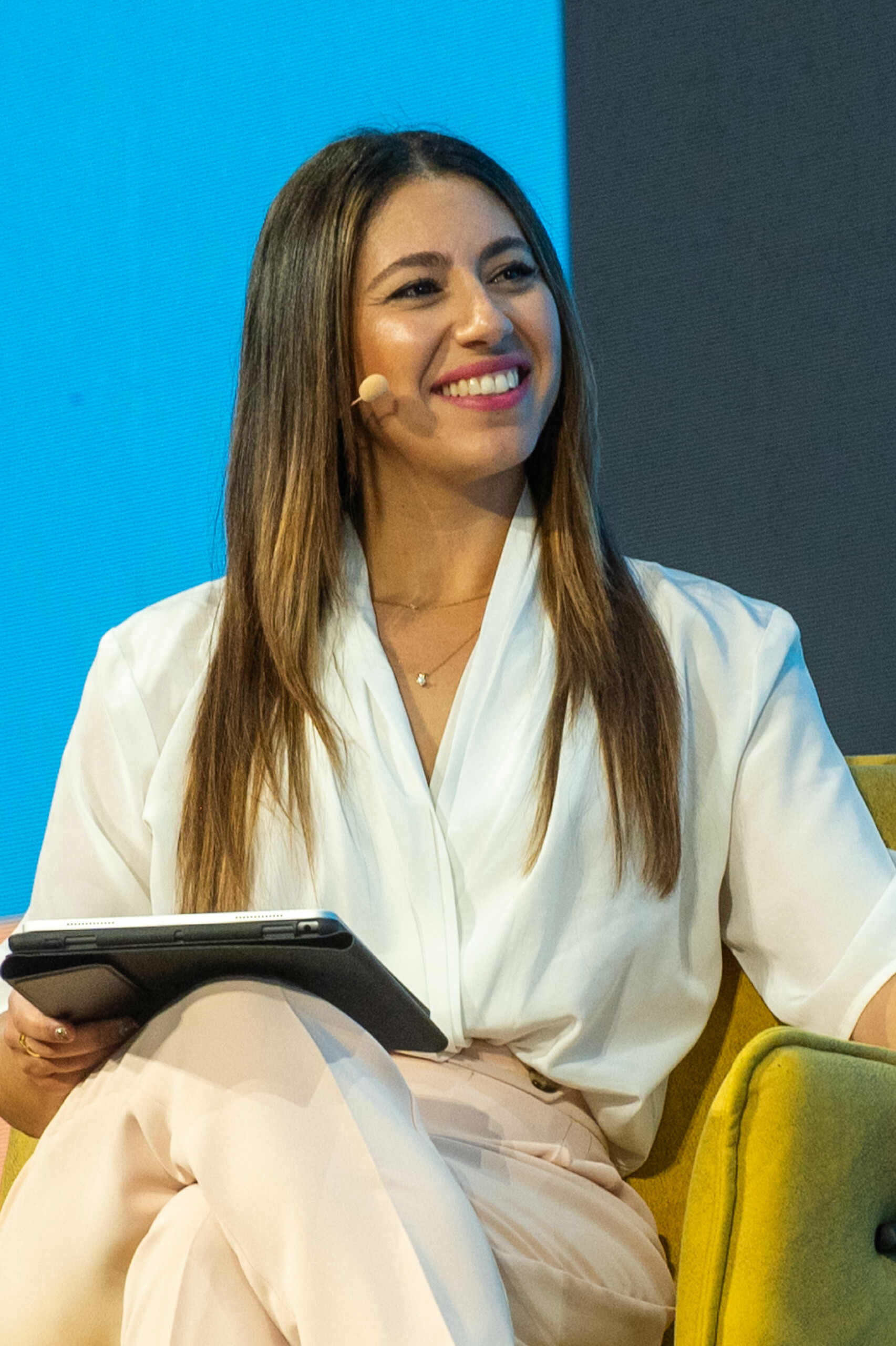
Julie Hirsch, Co-Founder, Eloments Natural Vitamin Tea, and Co-Founder, Mullin. Image | Mr.Wigley Photography.
“We’re diverting all this food waste out of landfill. Recently, our industry did some benchmarking on our lifecycle carbon footprint, and we were the lowest pig farm in the country in that program,” she said.
“I’m really proud of those things, but they don’t help me pay my staff, so it’s got to come back to being profitable as well.
Is the circular economy here to stay?
“This one is not going away,” said Huia, explaining that it’s an area that’s rapidly expanding.
“China has had circular economy, eco efficiency legislation in place for decades, the EU are rolling out a range of legislation and regulation, and we are seeing whole countries transition their economic systems to be based around the principles of circularity.”
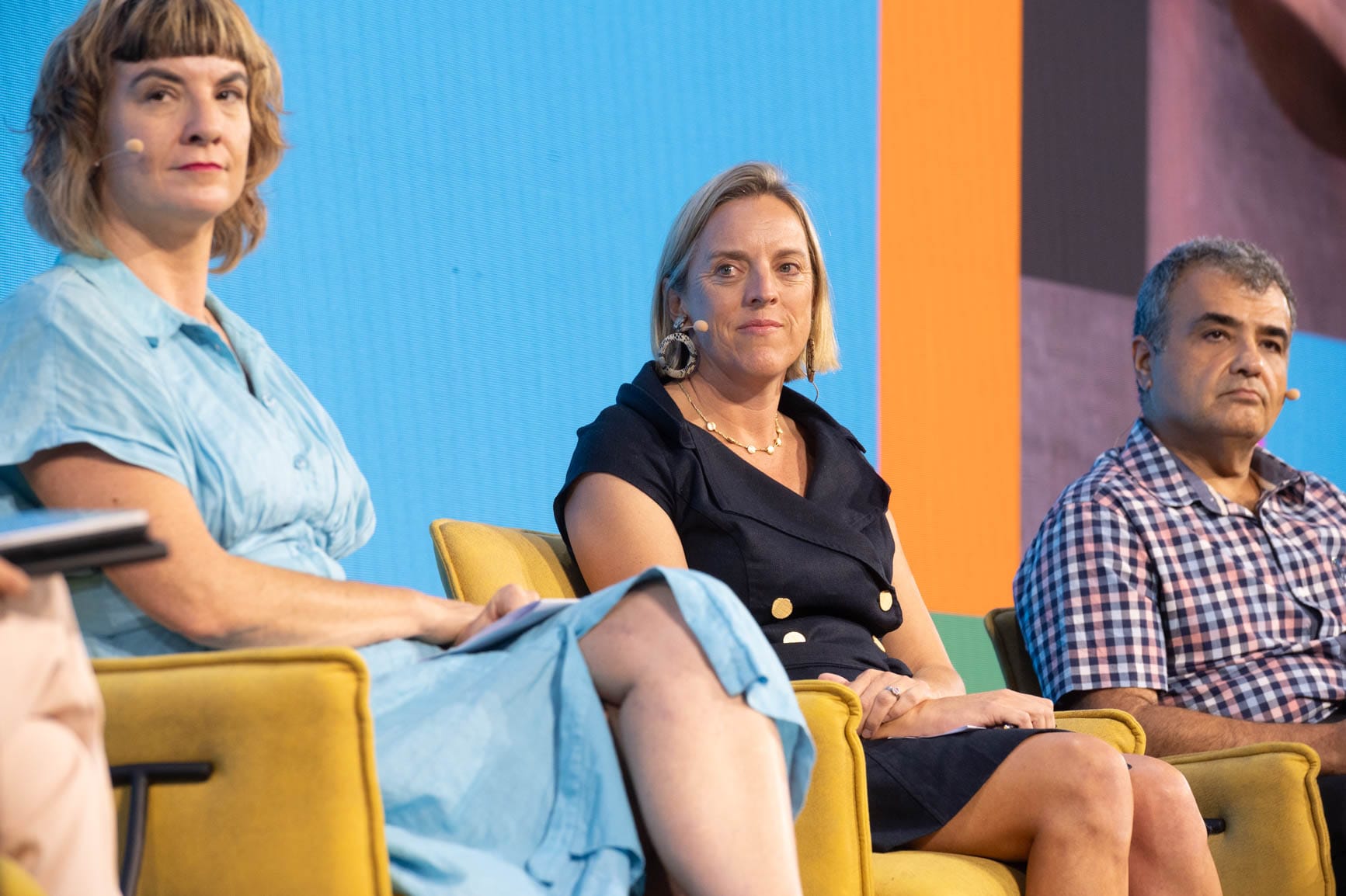
Edwina Beveridge, Co-Owner, Blantyre Farms. Image | Mr.Wigley Photography.
She said it’s happening in Australia too with a Federal Ministerial Advisory Committee examining how to transition the economy to be based around principles of circularity.
“A lot of businesses are starting to see the value potential that there is in shifting towards a more circular way of thinking,” Huia said.
As a Partner at The First Thirty, Antony Yousefian is at the forefront of addressing the critical finance gap in nature-based solutions.
“Environmental Social Governance (ESG) funds and sustainability funds; they haven’t come out of nowhere.
“They’ve come out of consumer demand and they’re starting to force companies to look at their supply chains. Finally, I think we’re getting governments starting to catch up on regulation.”
RELATED: Repurposing waste for global impact with Julia & Jordy Kay
What’s going to drive adoption?
Edwina sees innovation in the private sector as key to driving circularity.
Navid agrees that changes must be driven by industry.
“We need to have regulations in place for making sure we’re not generating waste but what I’ve noticed is that when industry recognises that they can benefit from the process of circularity, this is when they actually invest in it,” he said.
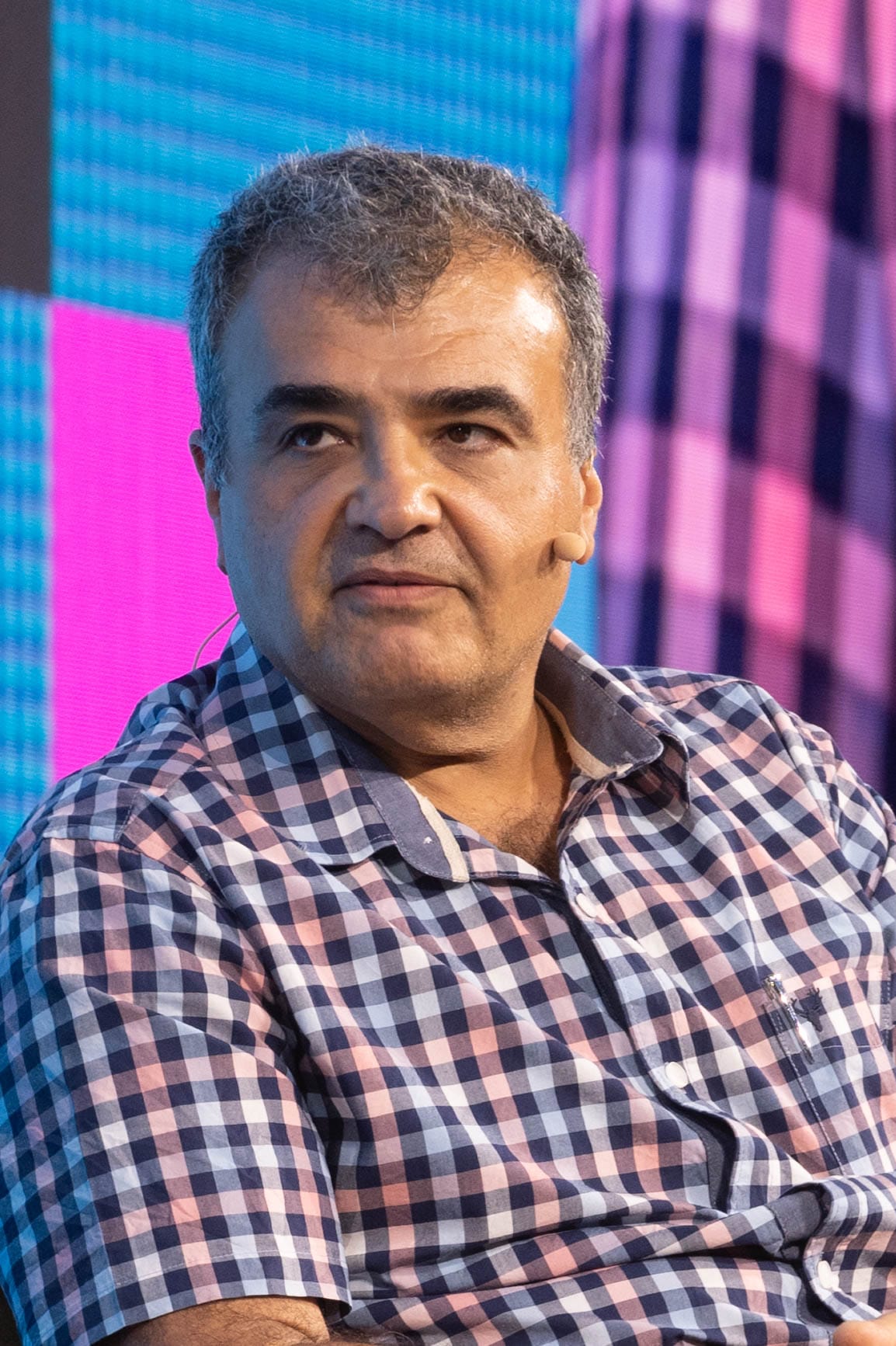
Professor Navid Moheimani, Professor, Murdoch University. Image | Mr.Wigley Photography.
Antony said subsidies for things like fossil fuels need to be removed because they make it cheaper to adopt a linear approach.
“We’ve got remove a lot of that implicit subsidies and not just fossil fuels, remove those and we’ll get true cost accounting of things.”
Huia argued that regulation shouldn’t hold back change, rather encourage it.
“A bit of carrot and a bit of stick, we need to be stopping certain behaviours and mainstreaming others,” she said.
RELATED: Real and tangible waste management actions that can be employed in agriculture
What’s tech got to do with it?
Antony believes that technology to improve visibility in the supply chain is one of the greatest ways to enable the circular economy.
“Visibility of ‘things’ or assets and their components – from materials to nutrients – are in the system. The visibility status showing where they are is the most important, who is holding them, and their quality status. With that level of visibility, then circular economy will be enabled,” he said.
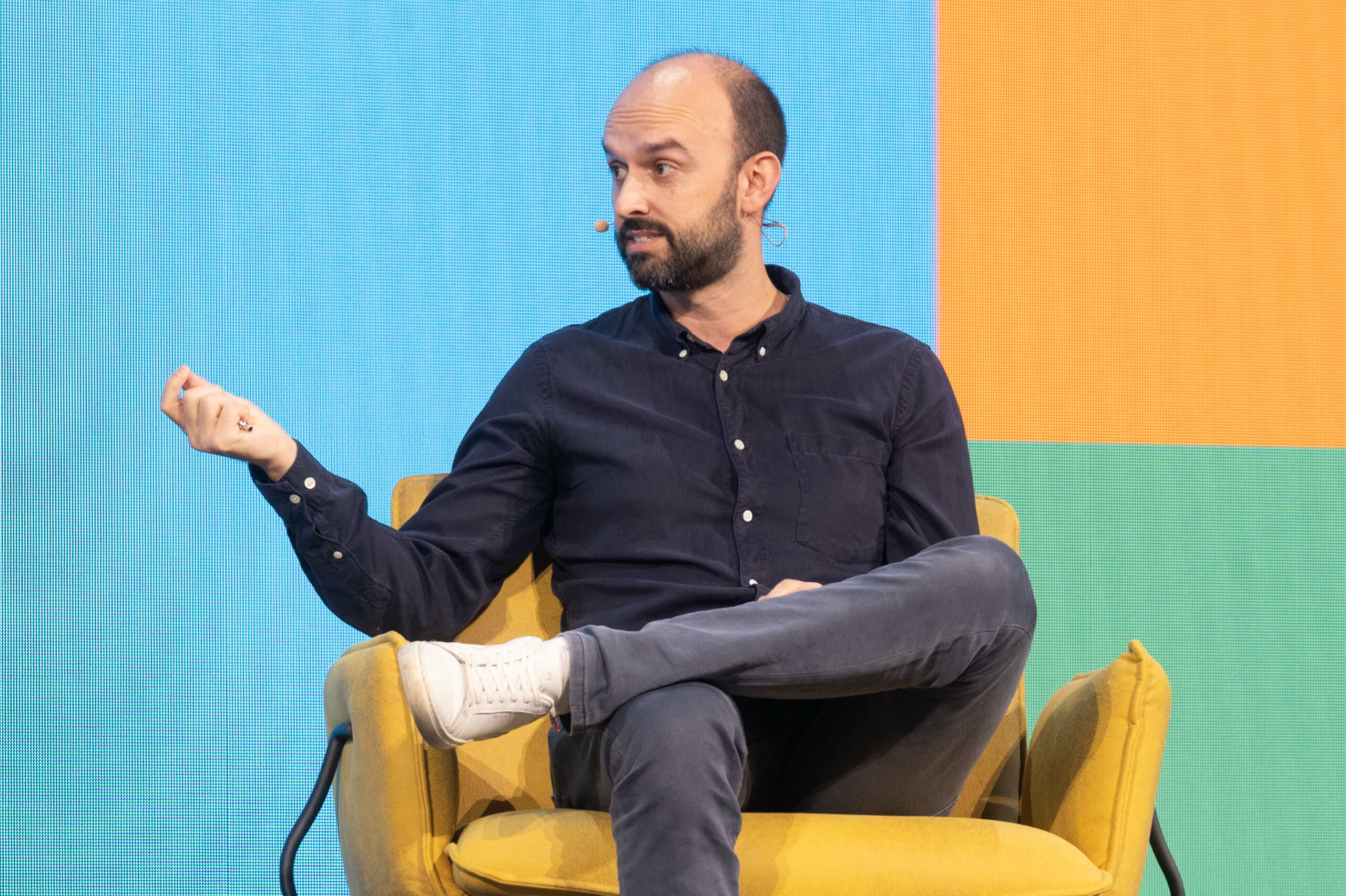
Antony Yousefian, Partner, The First Thirty Ventures. Image | Mr.Wigley Photography.
“IoT (Internet of Things) is going to be number one technology to enable it. I’m also very excited about ambient IoT, where embedded devices –into packaging for example –is sensing the world around us.
“For example, individual food items are sensing the world and giving us a high-definition picture of the world which means we can track them and understand the environment it is experiencing, thus its condition itself.”
Huia agreed, “The trajectory that we’re now on because of this new, supercharged capacity to be able to see where things are at any given moment, is unlocking so much opportunity.”
Huia Adkins, Sustainability Business Group Leader and Technical Director – Circular Economy, GHD, Professor Navid Moheimani Murdoch University, Edwina Beveridge Blantyre Farms and Antony Yousefian, The First Thirty Ventures were part of the panel discussion ‘Beyond waste: From obsolescence to value creation’ at evokeAG. 2024. Watch the session here.
Tap into more discussions here about the role of agrifood tech in driving sustainability across supply chains, news from agtech startups and updates ahead of evokeAG. 2025.
